Ignacia Chavez (nee Resendez)


What is the most memorable time you remember growing up in Cardenas?
When I was little my Dad would take my twin sister Flora and I to a farm where he planted and harvested corn, beans and squash. He would put us on the burros and ride through the trails of mountain so we wouldn't get tired. At the farm he would cut some corn and make a fire and roast it for us to eat. Then he would cut wood for firewood, and cut corn and squash and then pack it on each side of the six burros to take back home. With whatever he would bring back we had just enough to eat. Also we would go up the mountain to get buckets of water to drink. The water would come out between the rocks and flow over a big rock and fall into a small pond. The water tasted just like it does here in San Antonio.
Was it his farm?
No, our neighbor was the owner of the farm but they had an agreement that he would give my Dad half of the harvest that was planted.
How was your relationship with your twin sister?
We were always playing and squabbling all the time. I remember she always wanted to wear the same dress as mine and I didn't like that.
Why not?
That's just the kind of person that I was.
Up to what grade did you attend school?
I went up to the second grade. My mother did not have the money to buy shoes, uniforms and books that the school required us to have and back then no one encouraged us to go to school.
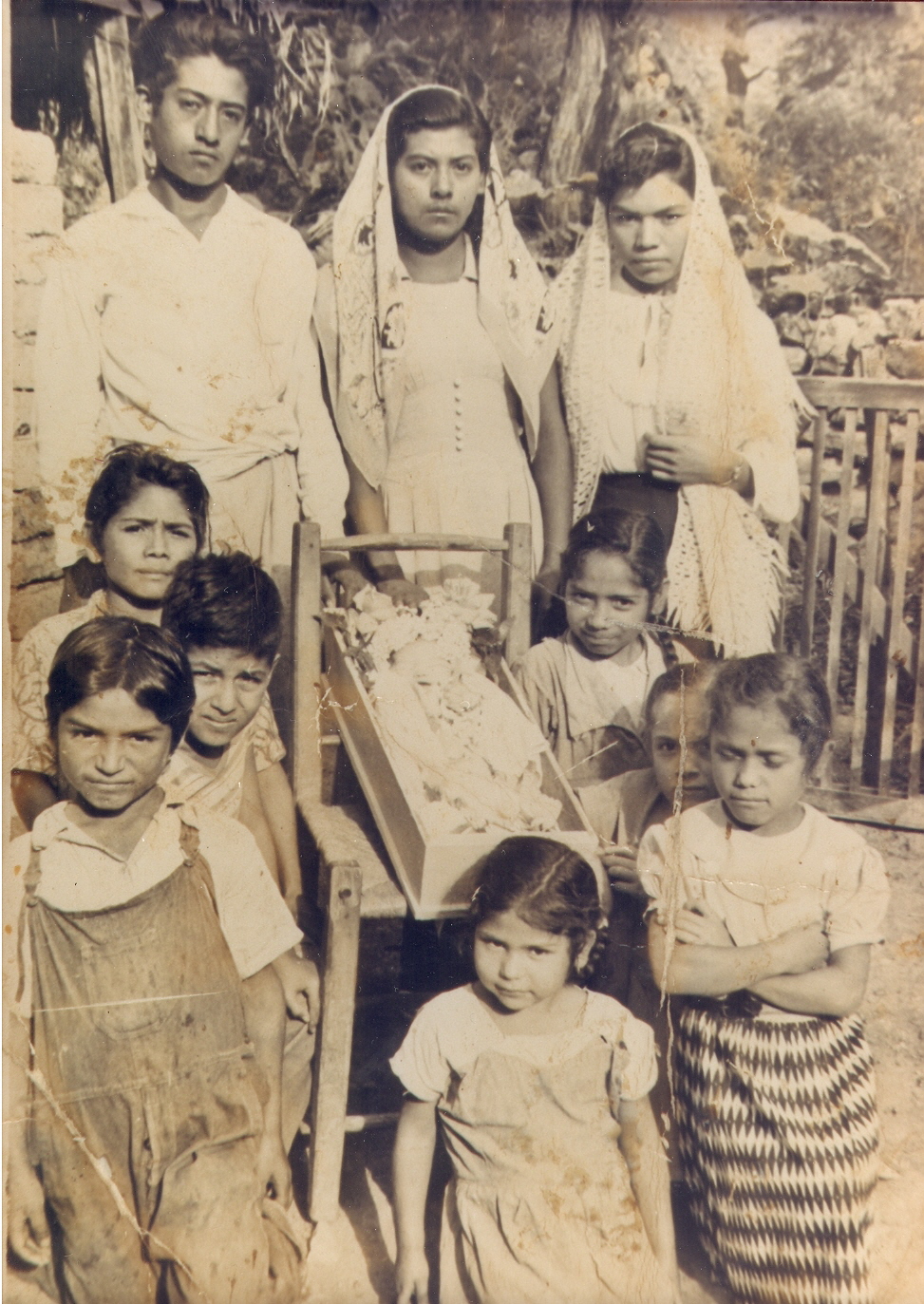
What was your first job in Cardenas?
When I was twelve I was cleaning and babysitting for my godparents, and during lunch I would take care of their store which they sold rice, beans, and charcoal. I would earn 25 pesos a month which was about 2 U.S. dollars. I would give all the money I earned to my mother.
When did you first know about the United States?
When I was twelve years my older sister Marta was visiting from San Benito, Texas and when she was returning she asked my mom that she knew a family that needed someone to help them with their baby. My mom didn't want me to go because she said I was too young, but I pleaded with her that I wanted to go. That's when she finally let me go.
What were you afraid of coming to the United States?
Well, the immigratation. We were afraid that they were going to catch us and deport us back to Mexico and it was going to be harder for us to come back.
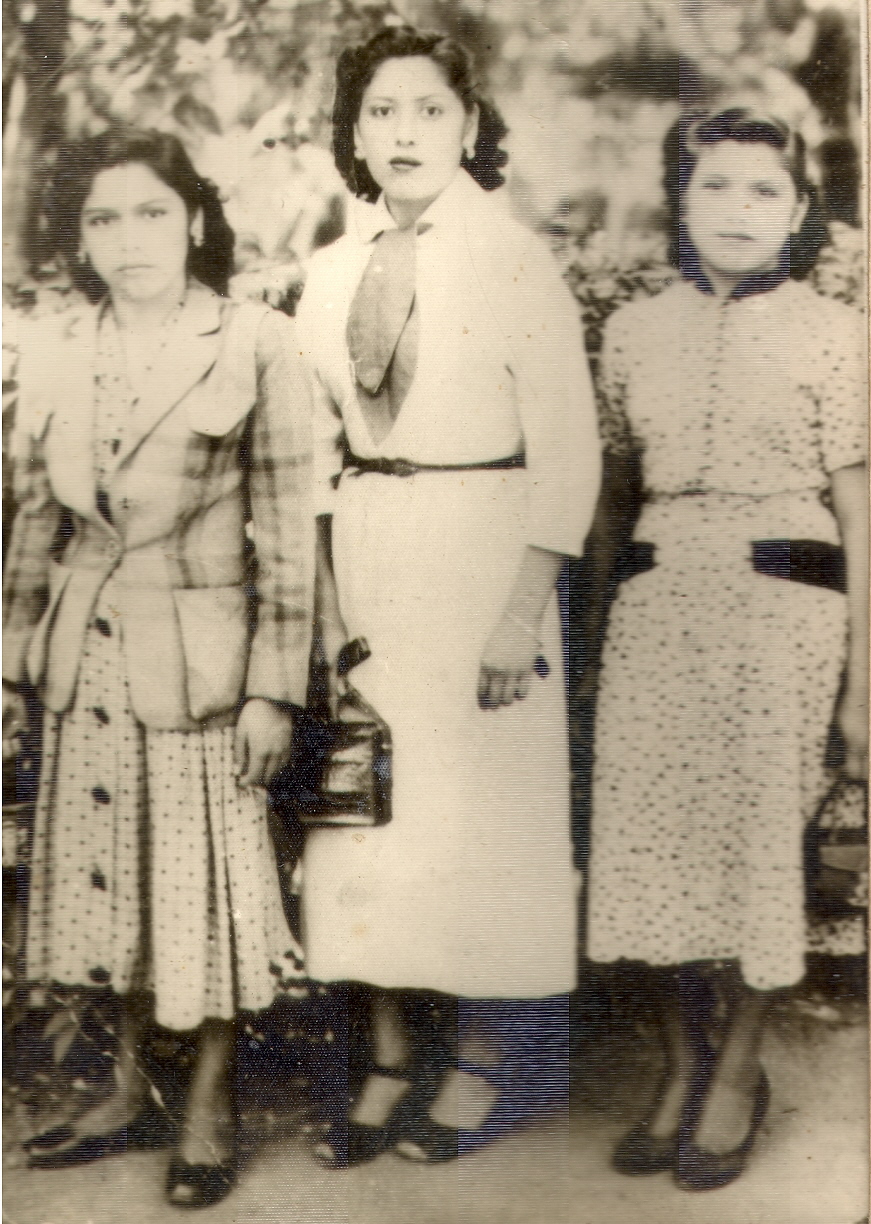
How did you come to the United States?
We crossed the Rio Grande river at sunset. It wasn't very deep. The water was up to our knees. Someone had already told us to cross near a ranch called El Rancho De Los Indios and the family living there was already waiting for us. They fed us and at night drove us in an old truck to San Benito, Texas. The man driving us told us that if immigration would stop us that we would say that we were walking along the road and that he just offered us a ride. But no one ever stopped us.
What was your first job in San Benito, Texas?
I would iron, clean, and wash for a family named Celia and Cito Plata in 1949. They had a baby that I would care for. They provided room and board and bought me clothes and shoes. They also paid me 3 dollars a week. Cost-of-Living Calculator I was like part of the family.
What was your second job in Texas?
My second job was in Harlingen, Texas. I worked and lived with Dulia Cortez for two years. I washed and ironed for her and her 3 granddauthers named Lydia, Sylvia, and Virginia. They lived with their grandmother because their mom didn't want to take care of them after she got divorced. She paid me 5 dollars a week. Cost-of-Living Calculator

When did you get your green card?
In 1955, when I turned 18 years old the lady named Dulia Cortez whom my older sister was working for arranged my application for my Green card. All I needed to do was to sign a letter that I was a resident in her house and have it notarized. She was very nice to me that my sister was so surprised that she did that for me.
Where and when did you meet Dad?
I met your Dad in San Benito, Texas at the theater in June of 1955. Sylvia, the granddauther of Dulia Cortez which I worked for, trick me into going with her to see a movie at the theater. Back then we needed to ask for permission to go anywhere and we couldn't go by ourselves. When we got there Sylvia told me that she was really going to meet her boyfriend and I got upset because she lied to me. Then she told me that if i wanted to meet his cousin which was your dad. Your dad was the one that had the car and he had given his cousin a ride. That day that we met, it was love at first sight.
When did you get married?
We got married on January 1956 in Brownsville, Texas.
Did you have any goals when you got married?
Yes I did, but back then when a lady got married she couldn't do anything. Her job was to be a stay at home housewife and not work and be by the side your Husband. We lived in a apartment in Brownsville. The rent back in 1956 was about 20 dollars a month. Cost-of-Living Calculator I would stay at home caring for Xavier your brother while your dad work at a restaurant and went to college part-time on a veteran's grant. Your brother was born in Brownsville.
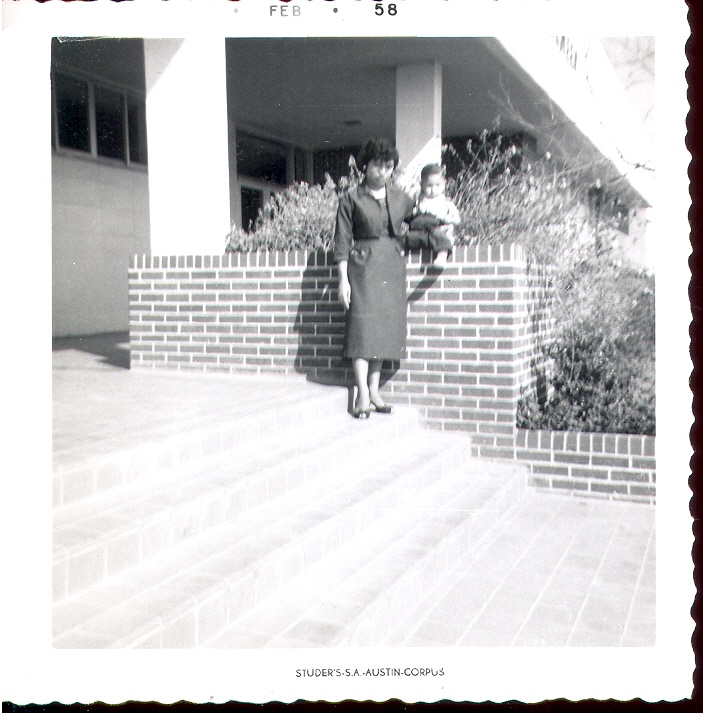
When did you move to San Antonio, Texas?
One day his cousin Antonio Martinez was going back to San Antonio and your dad went with him to apply for employment there. Then a few months later Kelly AFB sent him a letter for employment. He went to San Antonio by himself until he got an apartment ready for us. In the meantime I lived with my mother-in-law and she treated me like a slave. She made me do all of the housework plus ironing and washing for her and my sister-in-laws. She was a very mean and demanding lady. I remember I was so afraid of her that when I would talk to her my voice was shaky. After about a year, I was glad when your dad finally sent me the money for the bus fare to San Antonio.
Did you encounter any problems or hardships once you were in the U.S.?
Yes, I was tired of not having any money and struggling with what we had. Your dad had a drinking problem and sometimes spend all of the money he would earn with his friends. I finally stood up to him and told him that I was going to work because I didn't like the conditions we were living in. In the house we lived in we did't have a table to eat on. We use to eat standing up. So I started working in 1968 in a restaurant called Pan American. I would work till 2 in the morning working in the kitchen. All of y'all were already born. Your youngest sister Irene was about two years old. If your dad wasn't the was he was back then, I think we would have owned a few houses and had some money saved today.
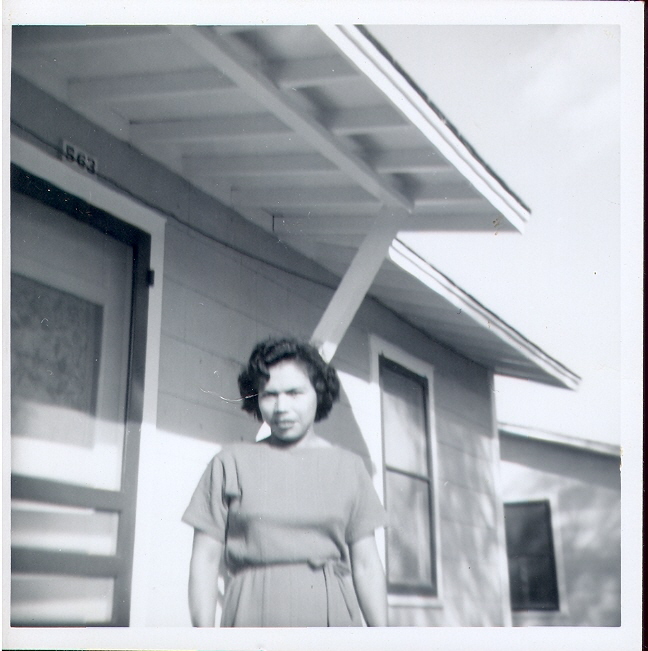
What were your greatest accomplishments?
That we finally bought a house of our own in 1971 and that all of you kids graduated from High school.
What was your last job and what did you do there?
It was Heartland nursing home. I would clean the rooms for the elderly. I retired in 1999 from there.
When and how did you become a U.S. citizen?
I obtained my citizenship on January 25, 1996. Since I was a resident in the U.S. for more than 50 years, all I needed was to apply for it. But back in 1980 I was trying to get it by going to night classes at South San High School by learning english. I went for two years and I can say that it did help my english alot.
Is there anything else you would like to add to this interview?
Well I went on a venture when I came to United States and I was always worry about immigration and getting deported. But Im glad God took care of us.
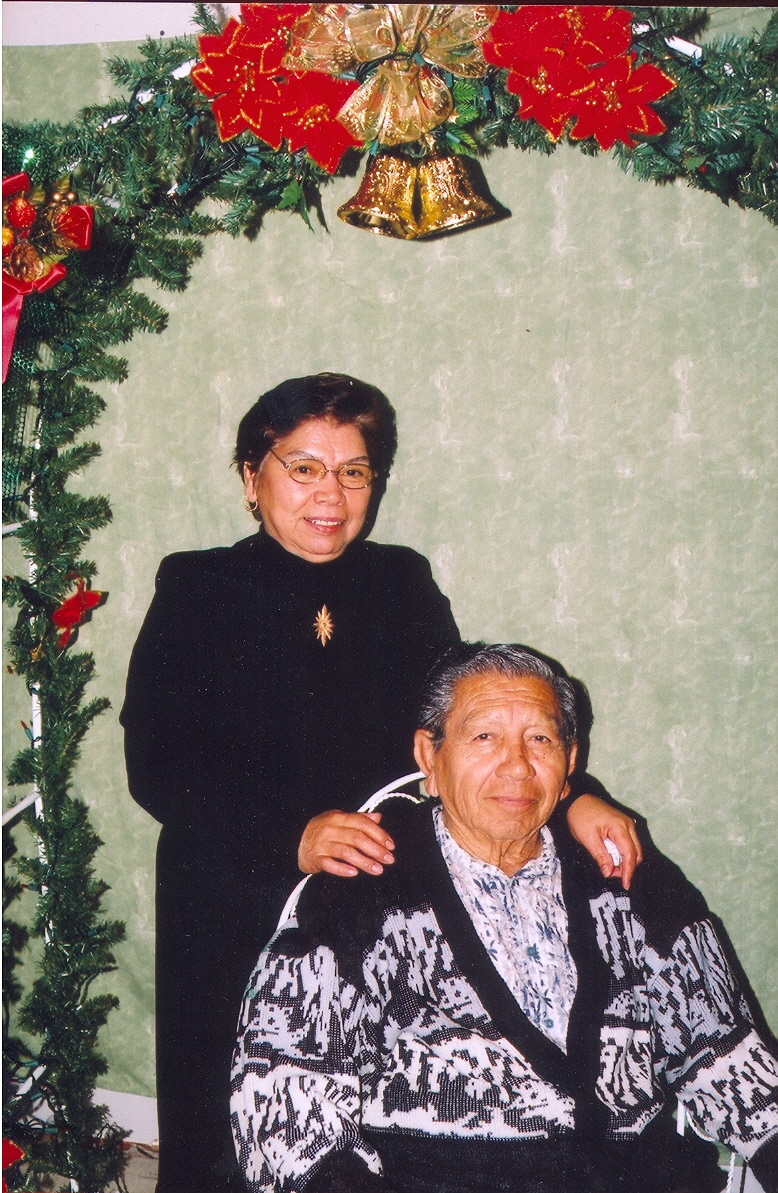
San Luis Potosi, Map of Mexico website is credited to Vidal A. Martinez Oral History(Spring 2007 Palo Alto student).All original maps on this site may be reproduced on other web sites without modification, provided a link to this website is show alongside each map. All maps marked as copyright other than © Code Network are not permitted for use without permission of the copyright holder, GEOATLAS.com.
The Handbook of Texas Online is a multidisciplinary encyclopedia of Texas history, geography, and culture sponsored by the Texas State Historical Association and the General Libraries at UT-Austin. It was produced in partnership with the College of Liberal Arts and the General Libraries at the University of Texas at Austin. Copyright © The Texas State Historical Association.
Cost-of-Living Calculator. The calculator uses the Consumer Price Index to do the conversions between 1913 and the present. The source for the data is the Bureau of Labor Statistics. The Consumer Price Index reflects the cost of items relative to a specific year. The American Institute for Economic Research. P.O. Box 1000. Great Barrington, Massachusetts. 01230.
Family photos. Photographs and/or documents on this website were provided by Ignacia Chavez. Located on the Chavez family album.